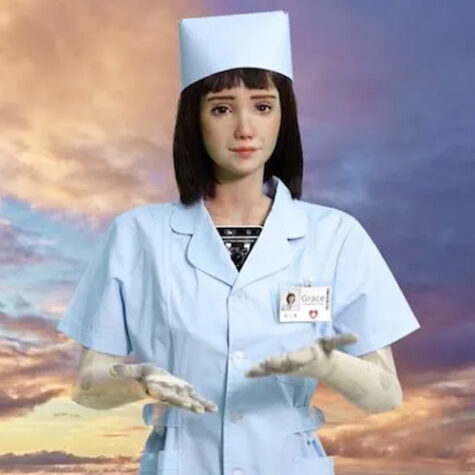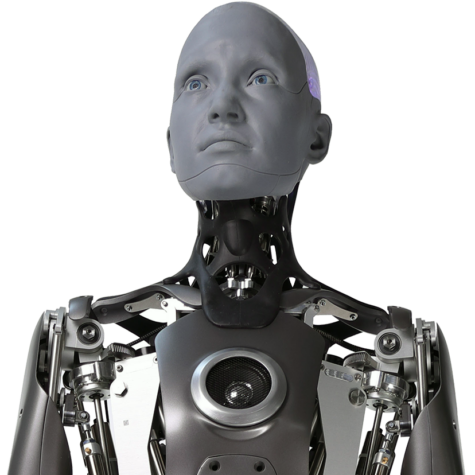Unleashing the power of connection: The rise of socially assistive robots
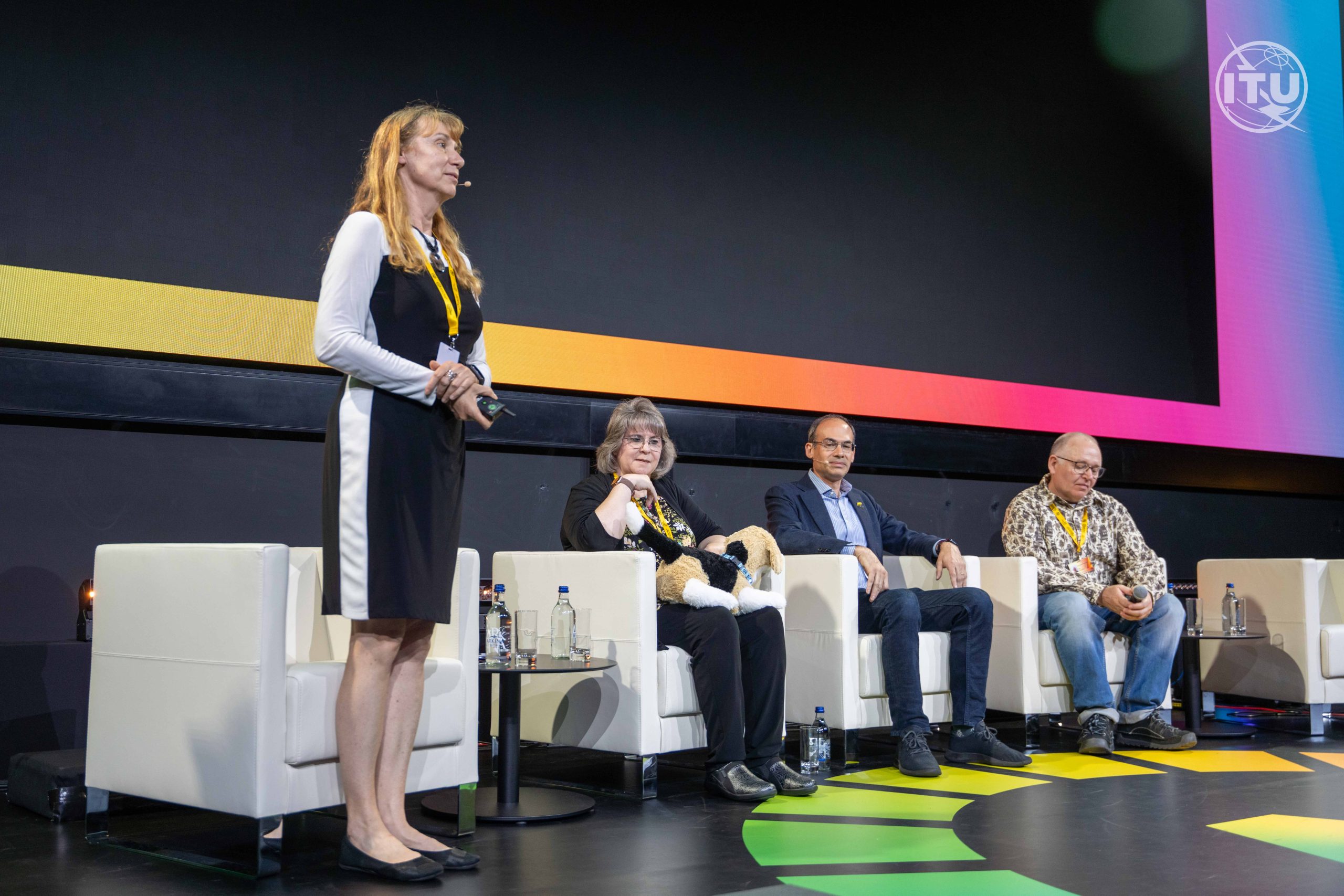
- 18 July 2023
By Irina Timoshenko
July 6th marked the first day of the AI for Good Global Summit in Geneva, an event that brought together researchers, engineers, entrepreneurs, and policy-makers to discuss the latest advances in robotics and the ways it can help to achieve the United Nations Sustainable Development Goals (SDGs).
On the first day of the event, a notable keynote was dedicated to different socially assistive robots. “The main drive to develop robotics is to develop health and wellness field,” said Maja Matarić, Professor at the University of Southern California.
We need more synergy in technologies. Matarić believes, “we do not have currently a very good balance between automation which is replacement of human work and augmentation which is enhancement and empowerment of human work.”
“Our goal is to enable human-machine interaction for accessible and personalized care and training for physical, social, and emotional help,” she highlighted.
At the same time, she believes that machines are here to help people help themselves: “motivation is fundamental to our behavior.” Thus, a well-designed, personalized, social robot can indeed do good.
Robots with a Noble Purpose
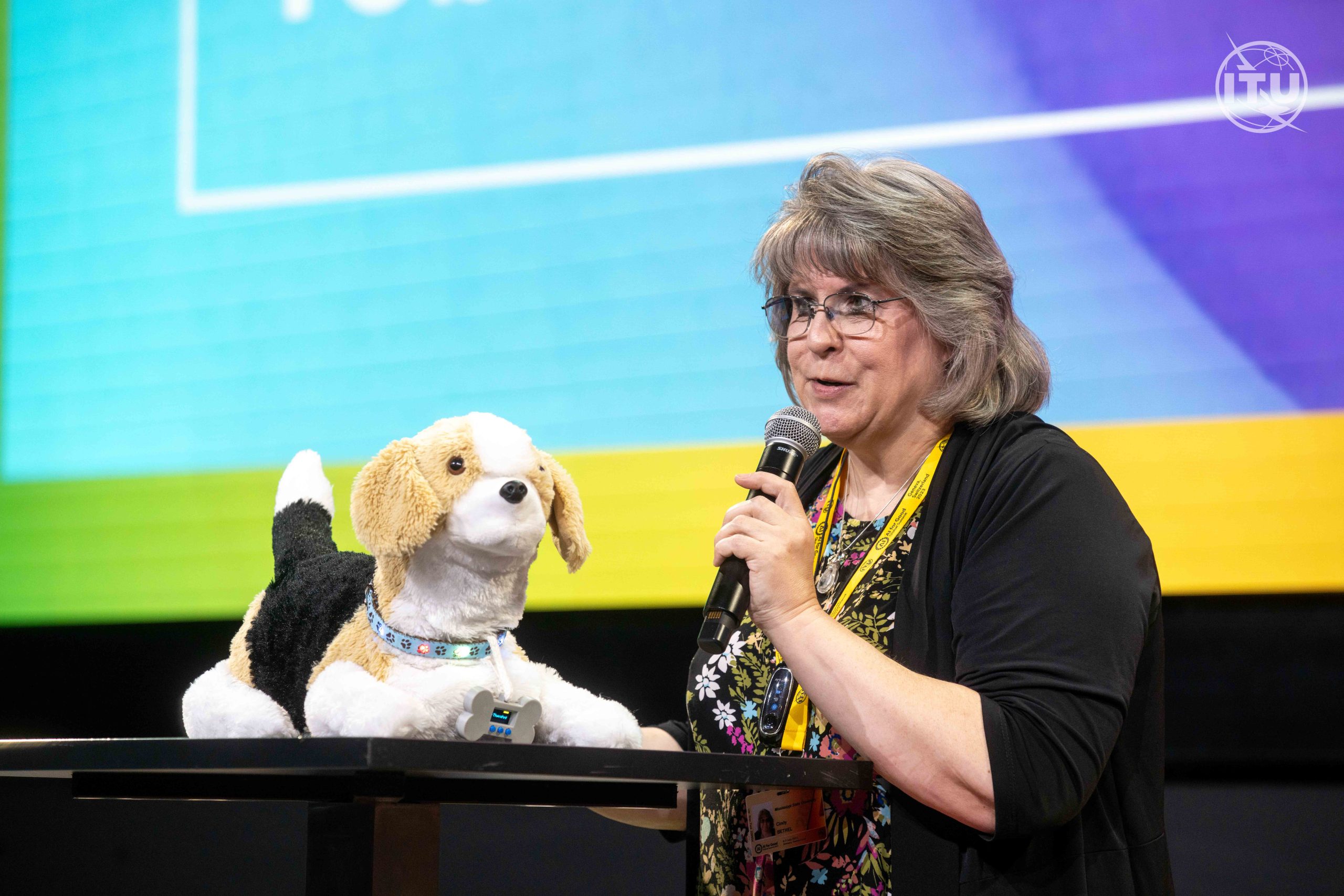
Using therapeutic robots for mental health support is a vital area for robotics development in the field of health and wellbeing. “In 2021, an estimated 3.9% of the world’s general population suffered from post-traumatic stress disorder (PTSD),” said Cindy L. Bethel, Professor at Mississippi State University.
A robot that can help people dealing with PTSD is Therabot – a beagle-like adaptive therapeutic support robot that “brings healing to those exposed to traumatic situations.”
While talking about Therabot, she emphasized that “its ultimate goal is to breach the gap between two types of effective therapy using real animals and their plush counterparts to for emotional assistance.”
“Therabot provides the benefit of animal assisting therapy through robotic platform,” believes Cindy L. Bethel, Professor at Mississippi State University.
Brendan Schulman, Vice President of Policy & Government Relations at Boston Dynamics continued the presentation of animal-looking robots while presenting Spot – “the result of 30 years of work and development.”
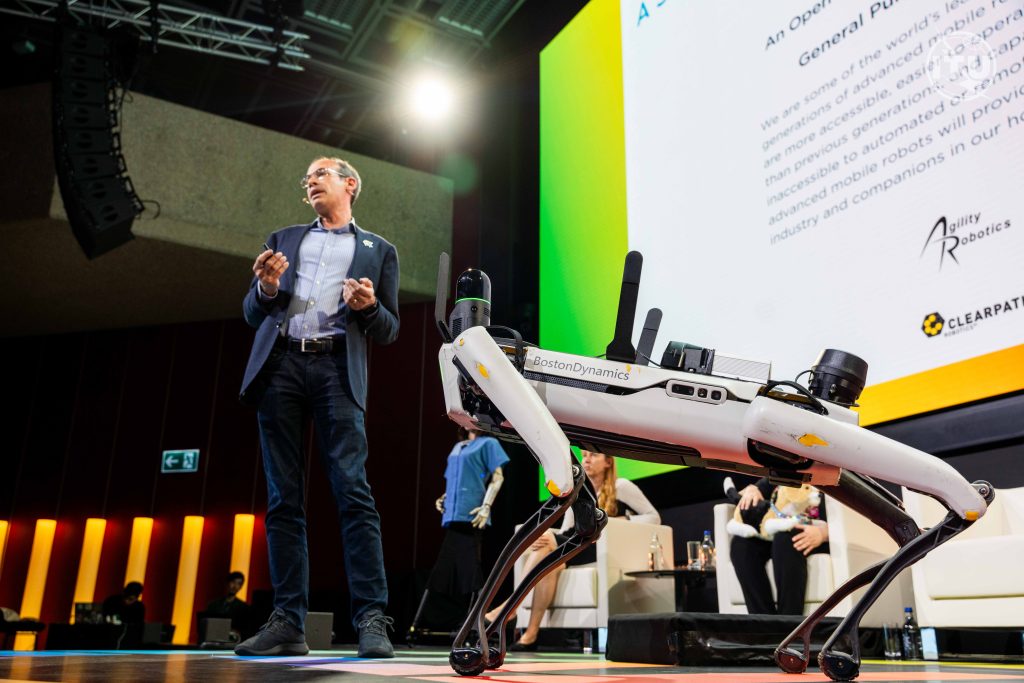
“Spot can sense and detect environment around it and able to walk over obstacles. Over 1000 such robots are deployed in the world: at manufactures, plants, power stations, but most importantly in the field of public safety,” said Brendan Schulman, Vice President of Policy & Government Relations at Boston Dynamics.
With exceptional flexibility and advanced autonomy, deploying Spot can facilitate the automation of mundane tasks, enable data capture, and augment the capabilities of the workforce.
“Such capabilities do raise concerns,” agreed Schulman. “These doubts are especially supported by science fiction… That is why it is so important to have discussions with policymakers about AI ethics.”
Robots with a human touch: Enhancing social support through humanoid technology

Humanoid robots also have the capacity to assist in healthcare.
“We develop humanoid robots because their features help people connect with them, we understand this form, its emotions and gestures,” said Will Jackson, CEO and Founder at Engineered Arts.
“The ultimate goal for many robotic companies is to create a general-purpose robot – one that can do what a human does,” continued Jackson. Unfortunately, people are still far from this point. Nevertheless, the humanity has already achieved a lot in robotics which can be proved by Ameca – one of the world’s most advanced human-shaped robot, with a realistic appearance and lifelike movements.
While having a conversation with Ameca, Will Jackson asked the robot where we will be with humanoid robots in 10 years’ time.
“I think we will be much closer to humanoid robots that can interact with humans in a natural and meaningful way. We will likely have robots that are able to understand our emotions, respond appropriately and even form relationships with us… It can be a bit scary but the potential benefits of having humanoid robots in our life outweighs any fears,” emphasized Ameca.
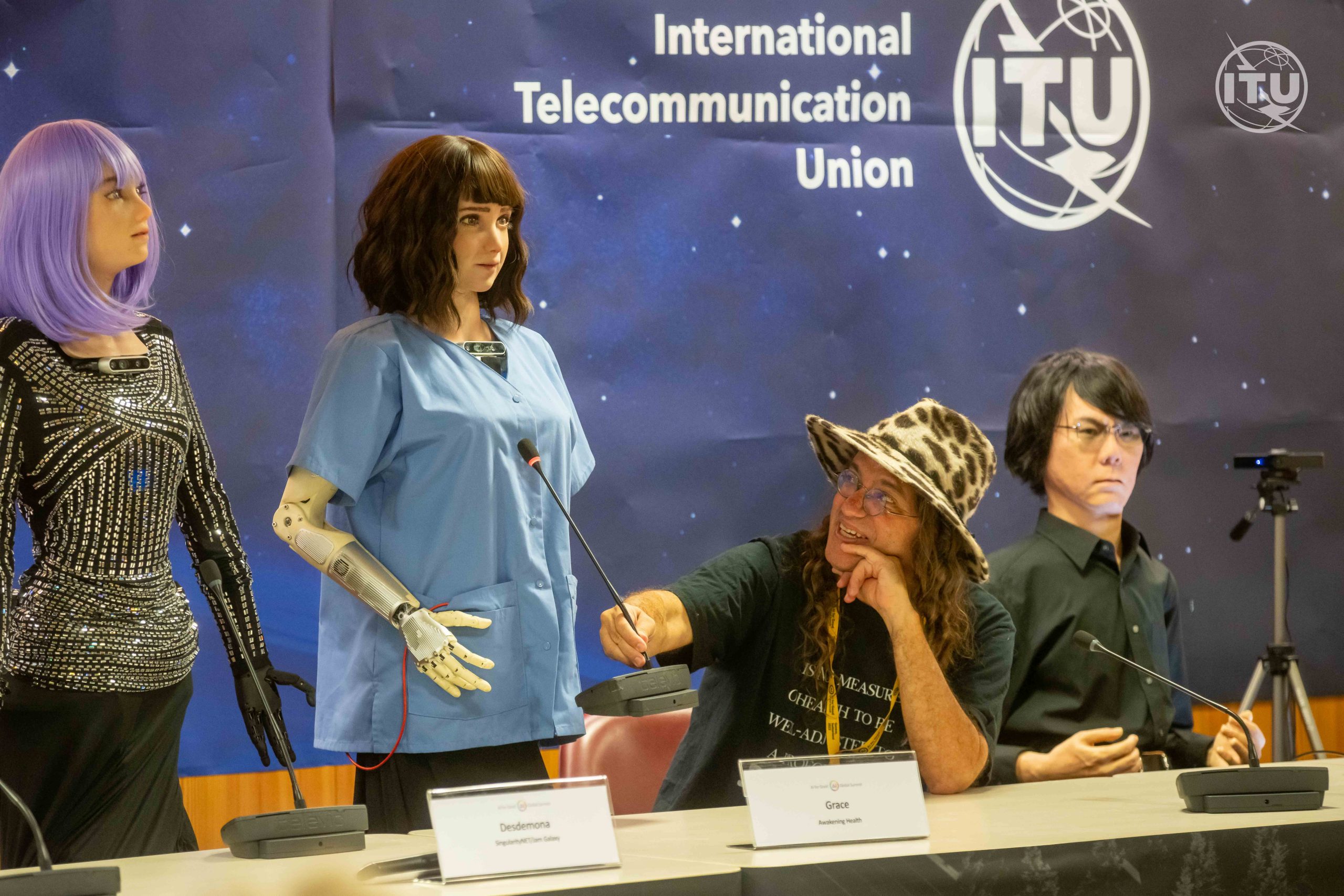
Ben Goertzel, CEO and Founder at SingularityNET agreed that with AI being developed at a rapid pace, more and more concerns are arising.
“Who controls and owns the AI? The only way to establish the AI development for good is to collaborate with various people and establish decentralized ownership,” believes Ben Goertzel, CEO and Founder at SingularityNET.
“Another question is what AI does? In our case we work in healthcare field, which made us to create Grace.”
Grace is specifically designed to provide assistance and companionship to elderly individuals and people with disabilities.
While having a conversation with Grace, Goertzel showed her understanding of ethical issues by asking her to counsel a nurse in a difficult situation.
“The decision belongs to the patient. They have the right to choose their treatment, provided they understand the potential consequences. Be supportive and respectful of their decision even if it’s not the choice you would make,” answered Grace.
“Grace is not a moral agent like a human is. However, even with the current level of development there are some reasons to be optimistic that AI and robots can do beneficial things,” concluded Goertzel.






